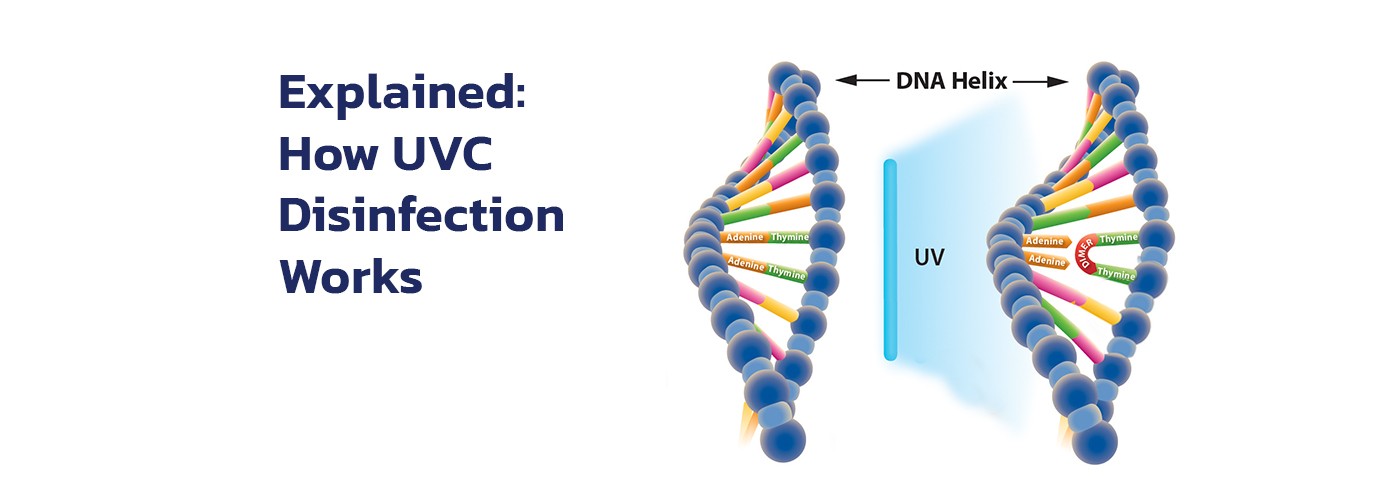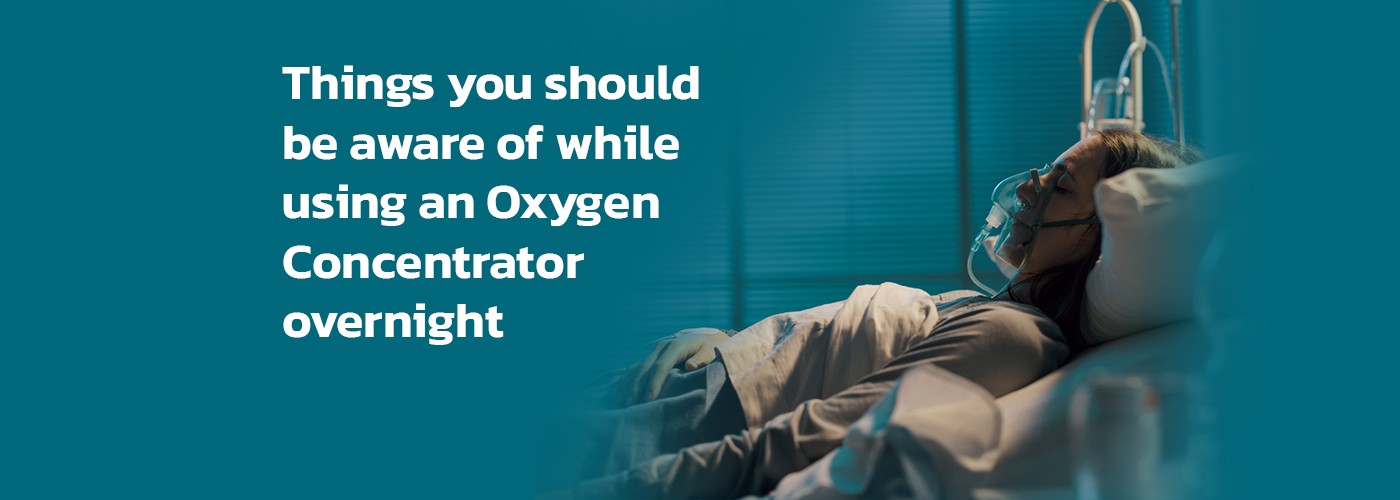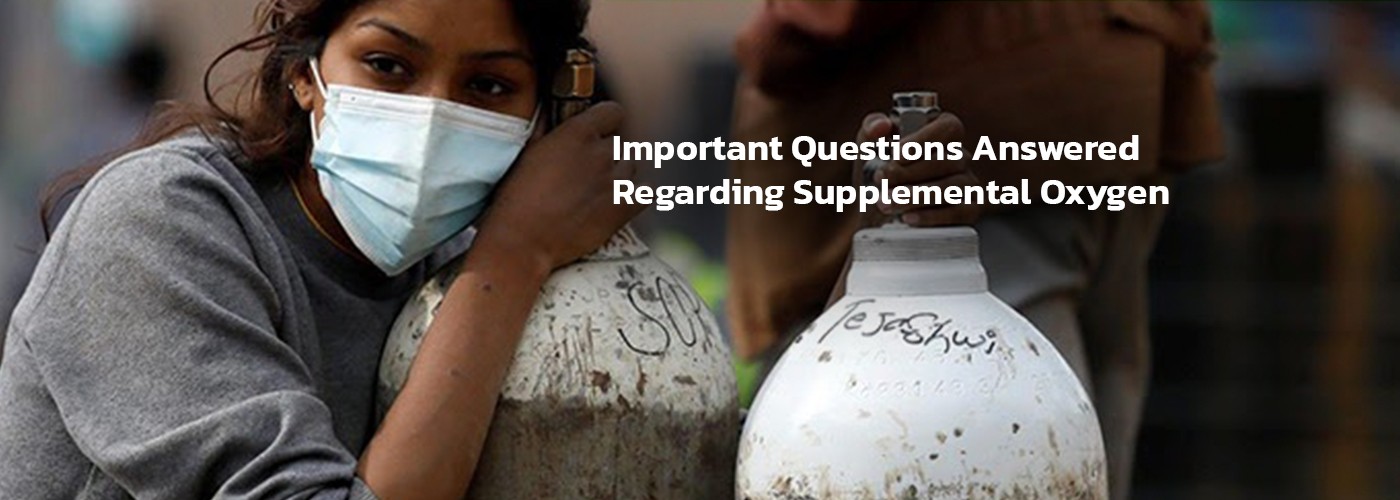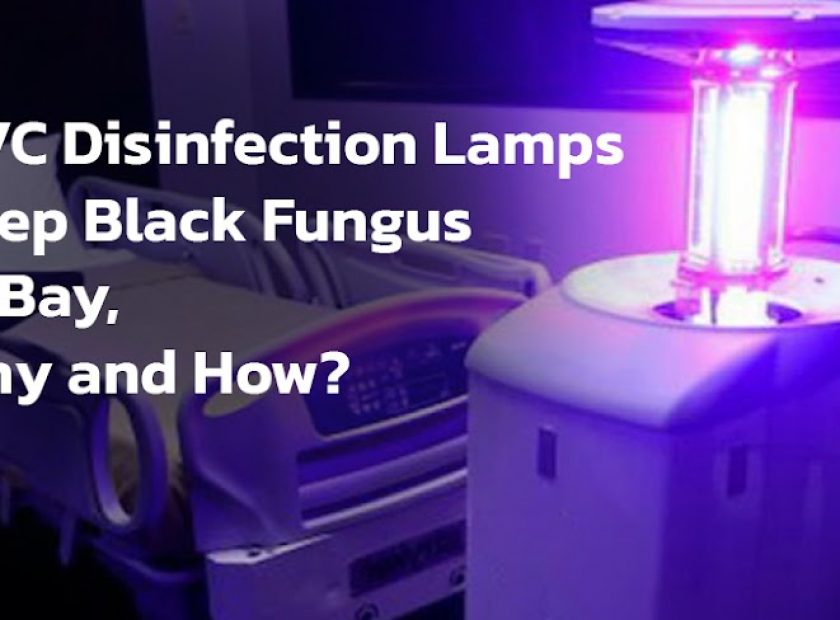Explained: How UV Disinfection Systems Works

The UVC Disinfection System is a highly effective method of removing microbiological contamination from water. Microbes, on the other hand, must be exposed to UV-C radiation in the right amount to effectively disinfect the water. UV disinfection systems are utilized in a variety of applications, from purifying drinking water in individual households to sterilizing entire municipality water supplies.
UV sanitization is useful in practically every application that requires microbial-free, safe, and clean water, and where there is a risk of contamination before the water reaches its final destination.
Drinking water disinfection, process water disinfection, wastewater disinfection, and surface disinfection can all benefit from UV disinfection technologies. This method can be utilized for TOC removal and Ozone destruction in addition to disinfection. There’s also the UV sterilizer, which can be used in hospitals, factories, and workplaces.
How Does the UV Disinfection System Work?
UV disinfection works at wavelengths ranging from 200 to 300 nanometers. UVC radiation has a high bactericidal impact when released. It absorbs DNA, disrupts its structure, and renders live cells inactive. Ultraviolet light with a wavelength of 253.7 nanometers is used in UV water disinfection technology to kill bacteria, viruses, molds, algae, and other microorganisms that replicate and develop. UV disinfection kills bacteria by destroying their DNA, rendering them lifeless and unable to reproduce.
UV radiation renders microorganisms such as viruses, bacteria, yeasts, and fungi harmless in seconds.
UV disinfection is a reliable and environmentally acceptable technology that eliminates the need for chemicals if the irradiance is high enough. Furthermore, the microbes are not able to develop resistance to UV light.
When exposed to the right amount of UV radiation, no bacteria, viruses, molds, or spores can survive. As a result, UV is considered the greatest method for water sterilization, and UV-mobile sterilizer equipment can be utilized for room sterilization.
UVC Disinfection System in Industrial Applications
A UV disinfection system is more than just a bulb in a pipe. The UV Reactor must be configured in such a way that all bacteria are exposed to enough UV light (dose). The reactor must be adjusted to guide the flow in such a way that it maximizes residence duration and boosts turbulence, based on the hydraulic properties of water.
Here are several real-life usages of UVC technology:
- Food & Beverage — A UV disinfection system can assist in achieving high-quality water that meets FDA standards ( Food and Drug Administration)
- Water used in pharmaceutical and healthcare products, as well as for CIP (Cleaning in Place), must be free of pollutants such as chlorine, ozone, and microorganisms.
- Cosmetics – Water that is free of bacteria and toxins ensures the quality of cosmetics and extends its shelf life. UV Sterilization is the preferred method of sterilization in the cosmetics business all around the world.
- Centralized Drinking Water – A UV drinking water disinfection system is a simple, low-cost way to ensure that your house or office has pure water at every tap.
- Waste Water Disinfection and Reuse – UV Disinfection can help tackle the problems of water shortages and growing freshwater costs by treating wastewater in the tertiary stage. UV systems built specifically for wastewater can disinfect wastewater, allowing it to be reused for other purposes like flushing and gardening.
- Swimming Pools — Chlorine has traditionally been used to keep swimming pools clean. However, it is becoming increasingly clear that chemical disinfection causes hundreds of new hazardous compounds to create when it combines with other organic materials. Also, UV is widely acknowledged as a safer and more cost-effective method of pool disinfection.
UV Disinfection Systems Advantages
- UV is a natural way for the body to purify itself.
- Environmentally friendly — During the UV disinfection process, no toxic by-products are created.
- UV light is effective against all known bacteria.
- Economical – Among disinfection systems, it has the lowest operating cost.
- Chemical-free and safe – There are no chemicals used therefore there is no risk of overdosing. It is instant because it is in-contact purification.
- Easy to Operate — Well-designed systems, such as the Alfaa UV systems, have innovative features such as CFD (Computational Fluid Dynamics), high-efficiency electronic ballasts, and incredibly precise UV intensity monitoring, making them highly effective and thus easy to manage.
Is it necessary to maintain a UV disinfection system on a regular basis?
In some circumstances, the water is not appropriately pre-treated, resulting in low turbidity levels. In such instances, a six-monthly inspection and cleaning might be carried out. Cleaning frequency may need to be increased in cases of high turbidity and hardness. Finally, the UVC lamp has a finite lifespan and must be changed after it has reached the end of its useful life. In the odd event that the light fails prematurely, the monitoring circuit will send out a signal to suggest that it be replaced.
Conclusion
It is, in general, the most practical method of disinfection. You can install a (UV) bulb in a room, close it and the entire room will be safe to use in 30-40 minutes. It could be a suitable usage for hospital beds, for example. Consumers are very interested in it because of its qualities and the speed and ease with which it can disinfect items.
Read also: What to Look for When Comparing UV Sterilization Devices




